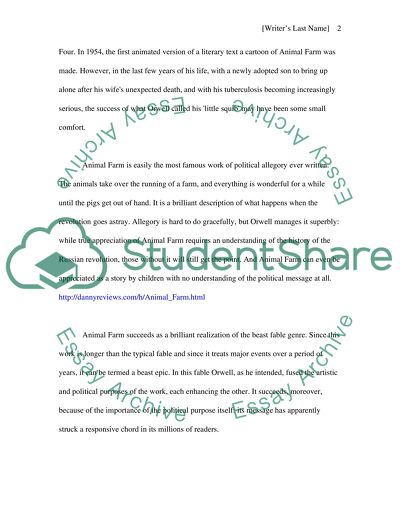Cite this document
(“Political allegory and literary criticism Essay”, n.d.)
Retrieved from https://studentshare.org/literature/1534689-political-allegory-and-literary-criticism
Retrieved from https://studentshare.org/literature/1534689-political-allegory-and-literary-criticism
(Political Allegory and Literary Criticism Essay)
https://studentshare.org/literature/1534689-political-allegory-and-literary-criticism.
https://studentshare.org/literature/1534689-political-allegory-and-literary-criticism.
“Political Allegory and Literary Criticism Essay”, n.d. https://studentshare.org/literature/1534689-political-allegory-and-literary-criticism.


